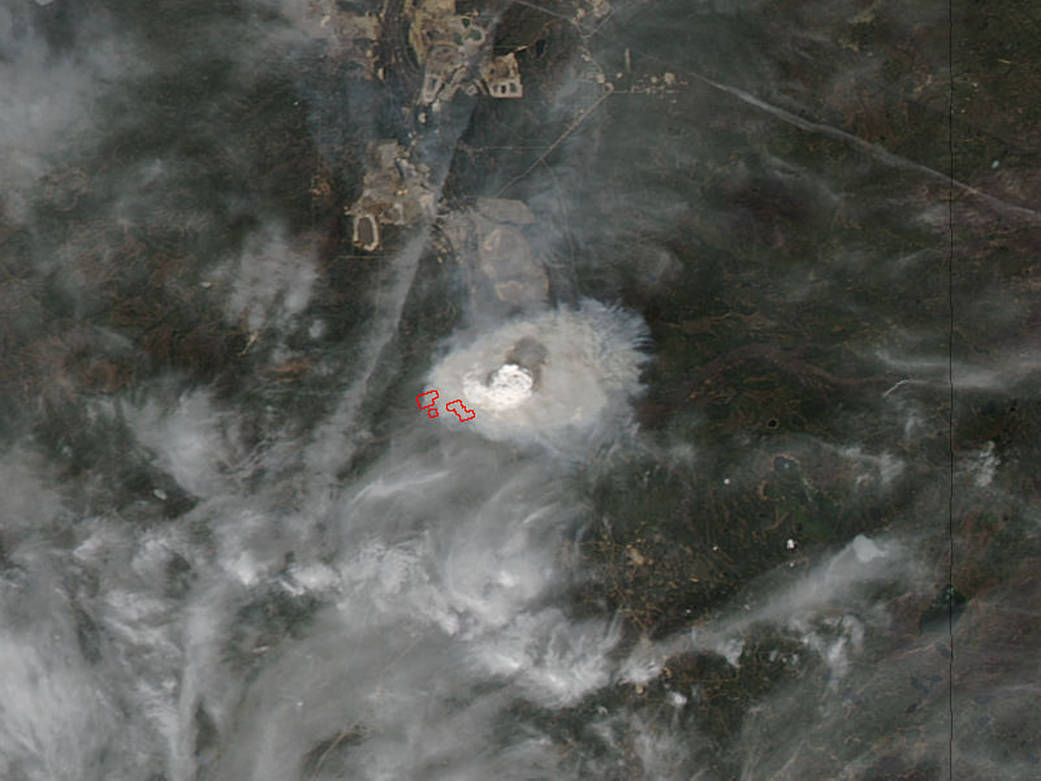The Fort McMurray wildfire hazard has been deemed “extreme” by the Alberta Agriculture and Forestry website. This wildfire in the Fort McMurray area of Alberta remains out of control and has burned approximately 7,686 hectares (almost 19,000 acres) in a heavily populated area. There is a critical alert in place with all of Fort McMurray now evacuated. Alberta Emergency Alert has issued mandatory evacuation for the City of Fort McMurray. Evacuation information can be found at http://emergencyalert.alberta.ca/alerts/2016/05
The Regional Municipality of Wood Buffalo (around and including Fort McMurray) site reported the following as an approximate overview of the damage sustained to date (May 04, 2016):
- Gregoire: Residences not affected
- Beacon Hill: 80 per cent loss of homes
- Abasand: Serious loss; south worse than north
- Waterways: Serious Loss
- Draper: Damage under assessment
- Saline Creek: Residences not affected
- Grayling Terrace: One house lost
- Downtown: One house lost
- Thickwood: One house lost on Signal Road
- Timberlea: 12 trailers lost on Mckinlay Crescent
- Dickensfield: Two houses lost
- Wood Buffalo: Damaged, not as severe as Beacon Hill, Abasand and Waterways
There are firefighters, aircraft and heavy equipment working on the wildfire and more resources are on their way however high temperatures, low humidity and strong winds continue to fuel the fire. The image shows the area almost completely obliterated by the clouds of smoke rising from the fire. The smoke released by any type of fire (forest, brush, crop, structure, tires, waste or wood burning) is a mixture of particles and chemicals produced by incomplete burning of carbon-containing materials. All smoke contains carbon monoxide, carbon dioxide and particulate matter (PM or soot). Smoke can contain many different chemicals, including aldehydes, acid gases, sulfur dioxide, nitrogen oxides, polycyclic aromatic hydrocarbons (PAHs), benzene, toluene, styrene, metals and dioxins. The type and amount of particles and chemicals in smoke varies depending on what is burning, how much oxygen is available, and the burn temperature. Exposure to high levels of smoke should be avoided. Individuals are advised to limit their physical exertion if exposure to high levels of smoke cannot be avoided. Individuals with cardiovascular or respiratory conditions (e.g., asthma), fetuses, infants, young children, and the elderly may be more vulnerable to the health effects of smoke exposure.
This natural-color satellite image was collected by the Moderate Resolution Imaging Spectroradiometer (MODIS) aboard the Aqua satellite on May 03, 2016. NASA image courtesy Jeff Schmaltz, MODIS Rapid Response Team. Caption: NASA/Goddard, Lynn Jenner with information from Alberta Agriculture and Forestry website, Regional Municipality of Wood Buffalo site, and the Alberta Wildfire Info official facebook page.



























